The Future of Supply Chain Management in the Semiconductor
Introduction
The semiconductor industry stands at the core of modern technology, powering everything from smartphones and computers to automobiles and advanced medical equipment. With the world becoming increasingly dependent on electronic devices, the demand for semiconductors has surged, leading to unprecedented challenges in supply chain management. Over the past few years, the industry has faced significant disruptions, including material shortages, geopolitical tensions, and global events such as the COVID-19 pandemic. These disruptions have highlighted the vulnerabilities in the traditional supply chain model, prompting industry leaders to seek innovative solutions to future-proof their operations.
This article explores the current state of semiconductor supply chains, the technological advances that are reshaping them, and the strategies that can help ensure a resilient and sustainable future.
Current State of Semiconductor Supply Chains
Traditionally, semiconductor supply chains have been complex and geographically dispersed, involving multiple stages from raw material extraction to final product assembly. This globalized approach has been efficient in terms of cost and specialization, allowing companies to leverage the strengths of different regions. However, this same global nature has made the supply chain susceptible to a variety of risks.
The COVID-19 pandemic exposed these vulnerabilities, causing widespread disruptions. Factory shutdowns in key manufacturing hubs, coupled with logistics bottlenecks and fluctuating demand, led to severe semiconductor shortages. Industries that rely heavily on semiconductors, such as automotive and consumer electronics, were hit particularly hard. For instance, the automotive sector experienced production delays and financial losses due to the inability to secure critical components.
In addition to the pandemic, geopolitical tensions have also posed challenges. Trade wars, export controls, and sanctions have restricted the flow of goods and technology, complicating the procurement of essential semiconductor materials and equipment. The ongoing U.S.-China trade dispute is a prime example, where both countries have imposed tariffs and restrictions that have disrupted the semiconductor supply chain.
Given these challenges, it is clear that the traditional supply chain model is no longer sufficient. Companies must adapt to a new reality where agility, diversification, and technological innovation are key to maintaining a resilient supply chain.
Technological Advances in Supply Chain Management
The digital transformation of supply chains is one of the most significant trends in the semiconductor industry. Technologies such as artificial intelligence (AI), machine learning, blockchain, and automation are being increasingly adopted to enhance supply chain efficiency, transparency, and resilience.
1. Artificial Intelligence and Machine Learning
AI and machine learning have the potential to revolutionize supply chain management by enabling predictive analytics, real-time monitoring, and decision-making. These technologies can analyze vast amounts of data from various sources, such as production lines, logistics networks, and market demand forecasts, to identify patterns and predict potential disruptions. For example, AI can anticipate supply shortages by analyzing historical data and market trends, allowing companies to take proactive measures such as adjusting inventory levels or finding alternative suppliers.
2. Blockchain Technology
Blockchain technology offers a decentralized and secure way to record and verify transactions, making it an ideal solution for enhancing transparency and traceability in the semiconductor supply chain. By using blockchain, companies can create an immutable record of every transaction, from raw material procurement to final product delivery. This transparency can help prevent fraud, ensure compliance with regulatory requirements, and improve trust among supply chain partners.
3. Automation and Robotics
Automation and robotics are transforming warehousing, logistics, and manufacturing processes within the semiconductor supply chain. Automated systems can handle tasks such as inventory management, order fulfillment, and quality control with greater speed and accuracy than manual processes. For instance, automated guided vehicles (AGVs) can transport materials within a warehouse, while robotic arms can perform intricate assembly tasks in manufacturing plants. These technologies not only increase efficiency but also reduce the risk of human error and enhance worker safety.
Strategies for Future-Proofing Semiconductor Supply Chains
To navigate the complexities of the modern semiconductor supply chain, companies must adopt a multi-faceted approach that includes diversification, strategic stockpiling, and collaboration.
1. Diversification of Suppliers and Manufacturing Locations
One of the most effective ways to mitigate supply cha

















